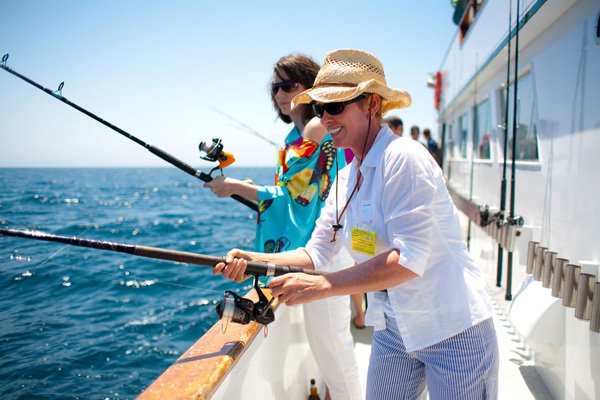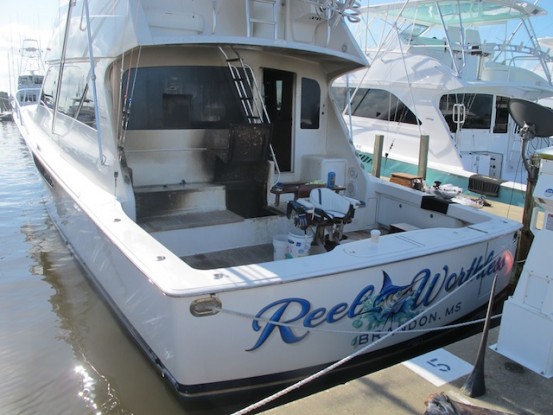The skate blade is like a sharp knife, except that instead of having one sharp edge, it has two sharp edges. We call these the inside edge and the outside edge. The groove between the edges is called the hollow of the blade. When skates come from the factory they are not sharpened so when you buy a new pair of skates the first thing you should do is to have the blades sharpened. In this process the blade is also rockered. The depth of the edges (and resultant hollow) and the rock of the blade can be done to your preference.
Definitions:
The function of the flat of the blade is to allow the skater to glide along a straight line. It is impossible to push with the flat of the blade because the flat is like the dull part of the knife. It will not cut into the ice. It is also impossible to glide a curve on the flat.
The edges have two distinct and separate functions.
Regardless of whether you are skating forward or backward, it is imperative to use the edges properly. This is a learned procedure, very different from our natural motion of walking and running.
The edge of the pushing skate must grip (dig into) the ice in order to set up the potential for a powerful push. The edge of the gliding (directional) skate must dig into the ice (be on a strong edge) in order to allow the skater to execute sharp curves. Although the pushing edge and gliding edge act independently, these two functions are equal in importance and are often used simultaneously – one by the pushing skate, the other by the gliding skate. Both functions must be mastered in order to excel as a hockey skater.

Viable Edges:
Before making the edges work to your best advantage you must first know what is, and then how to get onto, a viable edge. A viable edge means that the edge engaging the ice forms a strong (approximately 45 degrees) angle to the ice. Regardless of whether you're using the inside or outside edge, or whether you're skating forward or backward, the edge of the pushing skate and the edge of the gliding skate must be leaned so that the blade, boot, ankle, knee and thigh of the engaged skate form this critical angle. Remember - one skate (i.e. left) digs in to push while the other skate (i.e. right) digs in to travel a curve or circle.
While you lean your skates and legs (lower body) you must also maintain your balance. Balance is largely controlled by proper positioning of the upper body over the skates. To balance, keep your weight over the engaged skate, and always keep your shoulders level to the ice. Even though you are leaning your skates and legs, you must not lean your upper body! Balance on skates is a learned skill. It takes lots of experimentation and lots of practice. You may take several falls in the process of mastering it so be sure to wear a helmet and other protective hockey gear. When you master balancing on the edges you’ll be amazed at how much faster you’ll skate and how much more secure you’ll be on the ice.
by Laura Stamm © November, 2002
Get Set for Family Post Summer Camp for Kids Visit

Collection Of Fishing Material

Big-Game Fishing Team Overcomes Boat Fire

Copyright © www.mycheapnfljerseys.com Outdoor sports All Rights Reserved